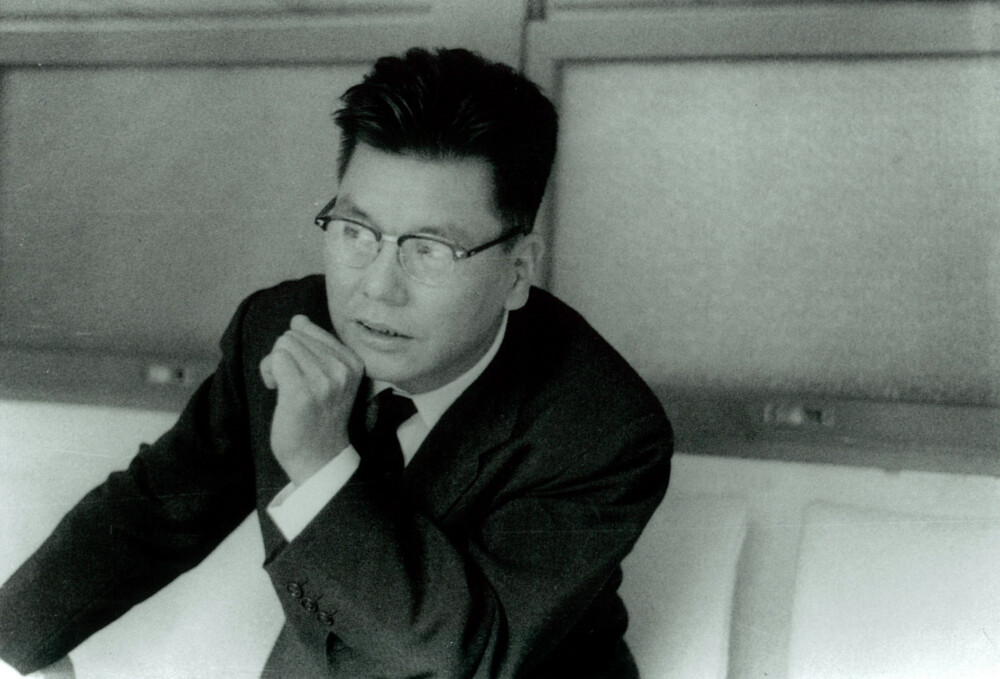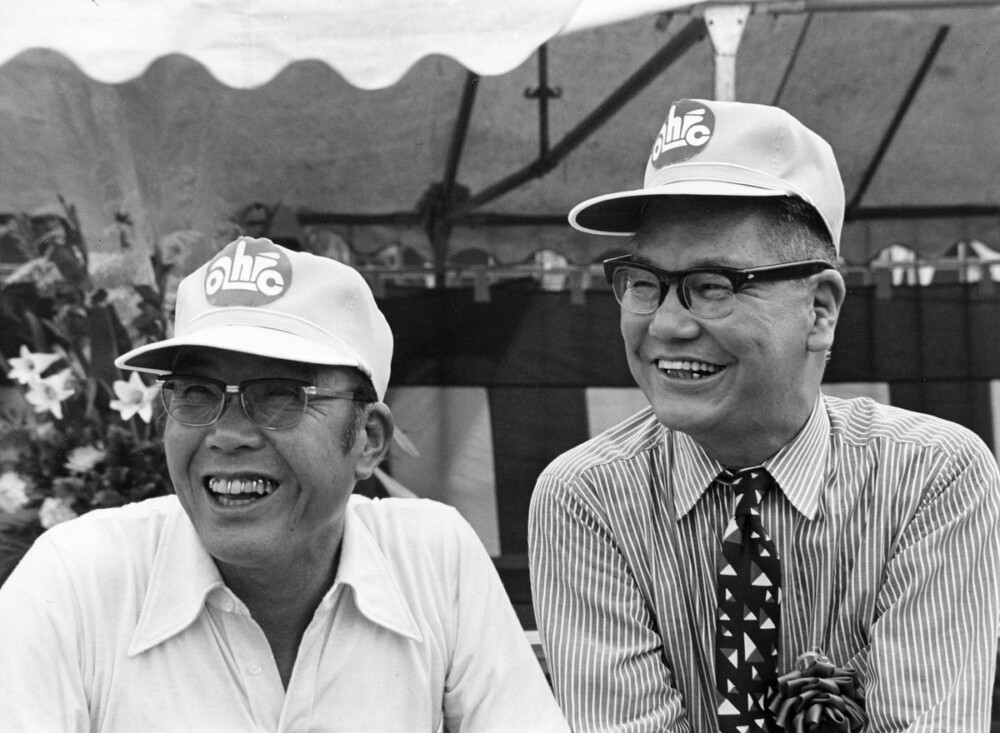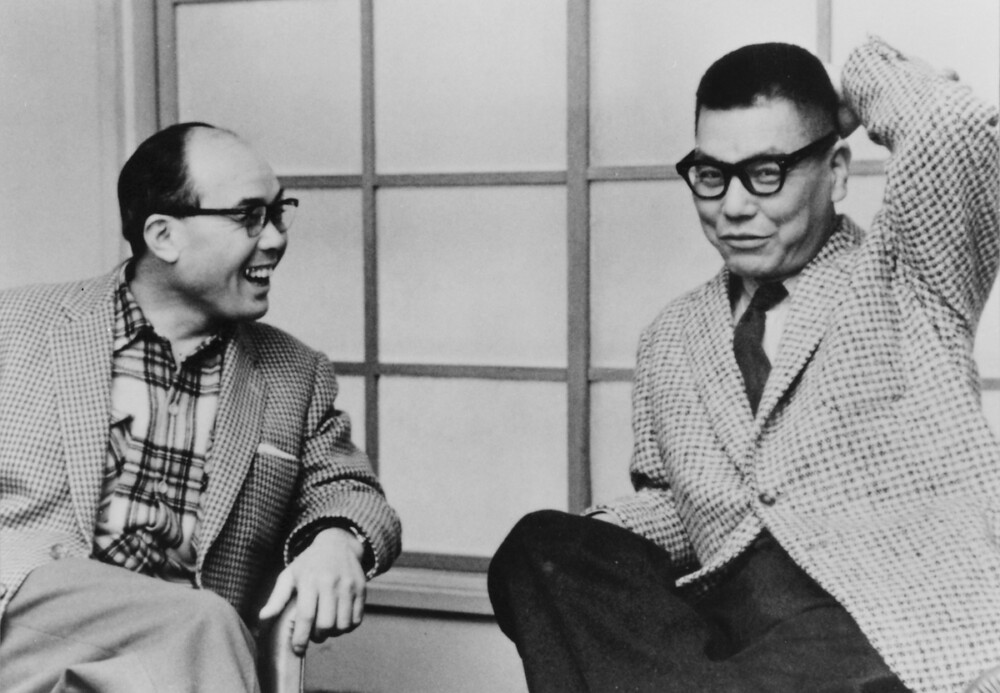Cycle News Staff | July 21, 2023
Honda’s co-founder, Takeo Fujisawa, was inducted into the Automotive Hall of Fame and was honored at the awards celebration in Detroit on July 20.

Fujisawa helped establish Honda as one of the most innovative companies in America by creating such iconic vehicles such as the Super Cub, the Honda Civic CVCC and the HondaJet. Honda Motor Co. Ltd, Chairman Seiji Kuraishi accepted the honor on behalf of Fujisawa’s family, and Honda associates around the world.
“The spirit and vision of Takeo Fujisawa continues to guide Honda,” said Kuraishi. “Our business in America may have started with the Super Cub motorcycle, but due to his vision it continues with new types of mobility, including the HondaJet.”
Fujisawa joins Honda founder Soichiro Honda, who was inducted into the Automotive Hall of Fame in 1989, the first Japanese automotive executive so honored.
Here is the press release from Honda…
Detroit, MI (July 21, 2023) – Flanked on stage by three iconic products that helped to establish Honda as one of the most innovative companies in America–the Honda 50 motorcycle (Super Cub), the Honda Civic CVCC and the HondaJet–Honda co-founder Takeo Fujisawa was inducted into the Automotive Hall of Fame at the awards ceremony last night (July 21) at The Fillmore Detroit.
VIDEO | Tribute to Takeo Fujisawa
 Mr. Honda and Mr. Fujisawa in 1973
Mr. Honda and Mr. Fujisawa in 1973
Honda Motor Co. Ltd, Chairman Seiji Kuraishi accepted the honor on behalf of Fujisawa’s family, and Honda associates around the world.
“The spirit and vision of Takeo Fujisawa continues to guide Honda,” said Kuraishi. “Our business in America may have started with the Super Cub motorcycle, but due to his vision it continues with new types of mobility, including the HondaJet.”
Fujisawa joins Honda founder Soichiro Honda, who was inducted into the Automotive Hall of Fame in 1989, the first Japanese automotive executive so honored.
Born on November 10, 1910, Fujisawa originally aspired to become a teacher, but instead worked as a salesman for a steel products company and then for a lumber company when he met Soichiro Honda in August 1949, about one year after the founding of Honda Motor Co., a small local venture in Hamamatsu, Japan. It was right after the launch of the Dream D-Type, considered to be Honda’s first full-fledged motorcycle product. While the two men were equipped with different personalities and skill sets, Honda and Fujisawa hit it off almost immediately and began deep discussions about their approach to business and dreams for the future.
Quickly developing a trusting relationship, they established a shared vision for the future of the company with Fujisawa joining Honda Motor in October 1949. As a president of the company, Honda retained responsibility for product design and technology development and manufacturing operations, inventing many innovative vehicles including Super Cub, the world’s best-selling mobility product. Fujisawa backed him up as his right hand with responsibility for the business side of the company, including sales, finance and marketing.
Fujisawa’s marketing savvy, strong business sense, and keen ability to chart unique paths to growth proved the perfect match to Soichiro Honda’s engineering acumen and vision for mobility. The partnership lasted 25 years, until March 1973 when Messrs. Honda and Fujisawa retired together. From the beginning, Fujisawa had an enormous impact on Honda’s business globally and in the U.S., where he played the key role in the approach to the American market.
 Mr. Honda and Fujisawa, circa 1960s
Mr. Honda and Fujisawa, circa 1960s
Fujisawa made several lasting and impactful business decisions that are still relevant today:
Starting Honda Business in the U.S.
In 1959, and by then the senior managing director of Honda, Fujisawa made the challenging decision to establish American Honda as Honda’s first subsidiary outside Japan. At the time, the entire U.S. motorcycle industry sold no more than 60,000 units annually — mostly larger bikes. One member of the team recommended expansion in Asia, where small motorcycles from Europe, like those made by Honda, were already in use. He suggested that America, the “land of the automobile,” was too difficult a target for Honda. Fujisawa had another idea. “On second thought, let’s do America,” he said. “To succeed in the U.S. is to succeed worldwide. To take up the challenge of the American market may be the most difficult thing to do, but it’s a critical step in expanding the export of our products.” Without Fujisawa’s leadership, Honda would not be the success story in the United States that it is today.
Creating Independent U.S. Dealer Network
Fujisawa adopted many innovative sales and marketing strategies in Japan and the U.S. This included the decision to start motorcycle sales by establishing Honda’s own dealer network. Despite suggestions that Honda should follow the approach of other Japanese companies and rely on a trading company to launch U.S. sales, Honda forged relationships with many smaller dealers, even those with no history in the motorcycle industry, and successfully expanded business from the West Coast across America. By the mid-1960s, Honda was the best-selling motorcycle brand in America.
Establishing Separate R&D Company
In 1960, based on Fujisawa’s initiative, Honda R&D Co., Ltd. was created as a separate company. Fujisawa conceived the idea with two objectives: to give Honda engineers the freedom to create new value without being constrained by the ups and downs of daily business and to protect Honda’s ability to sustain this innovation in the future when they could no longer rely on the genius of Soichiro Honda. The new R&D company ushered in an era of incredible technological and product innovation and entering new business areas including the automobile and aviation industries. Honda R&D’s focus on research and creating new value in mobility continues to this day.
The corporate culture Mr. Fujisawa helped foster is alive and well today and will continue as a driving force for Honda in business. The commitment to act as a good corporate citizen is as important now as it has always been as Honda continue to pursue The Power of Dreams and use technology to help move people and society forward.